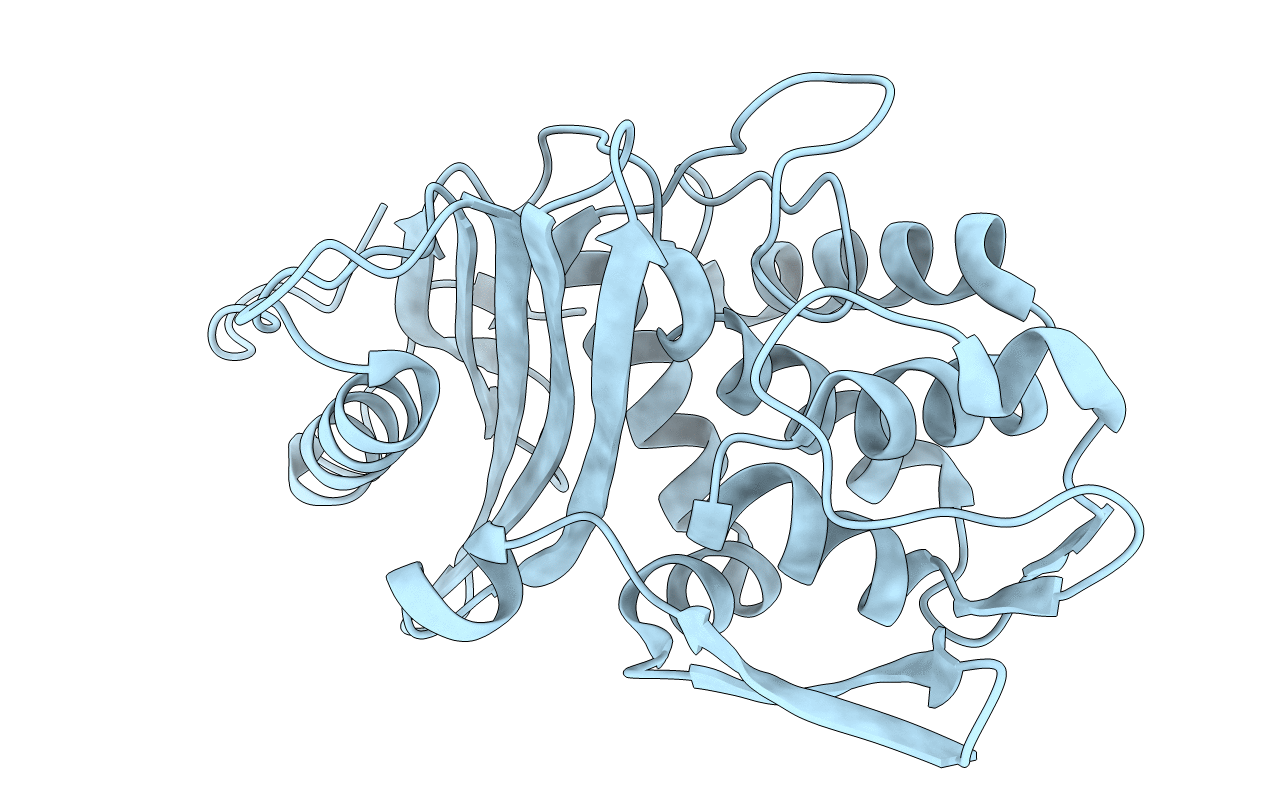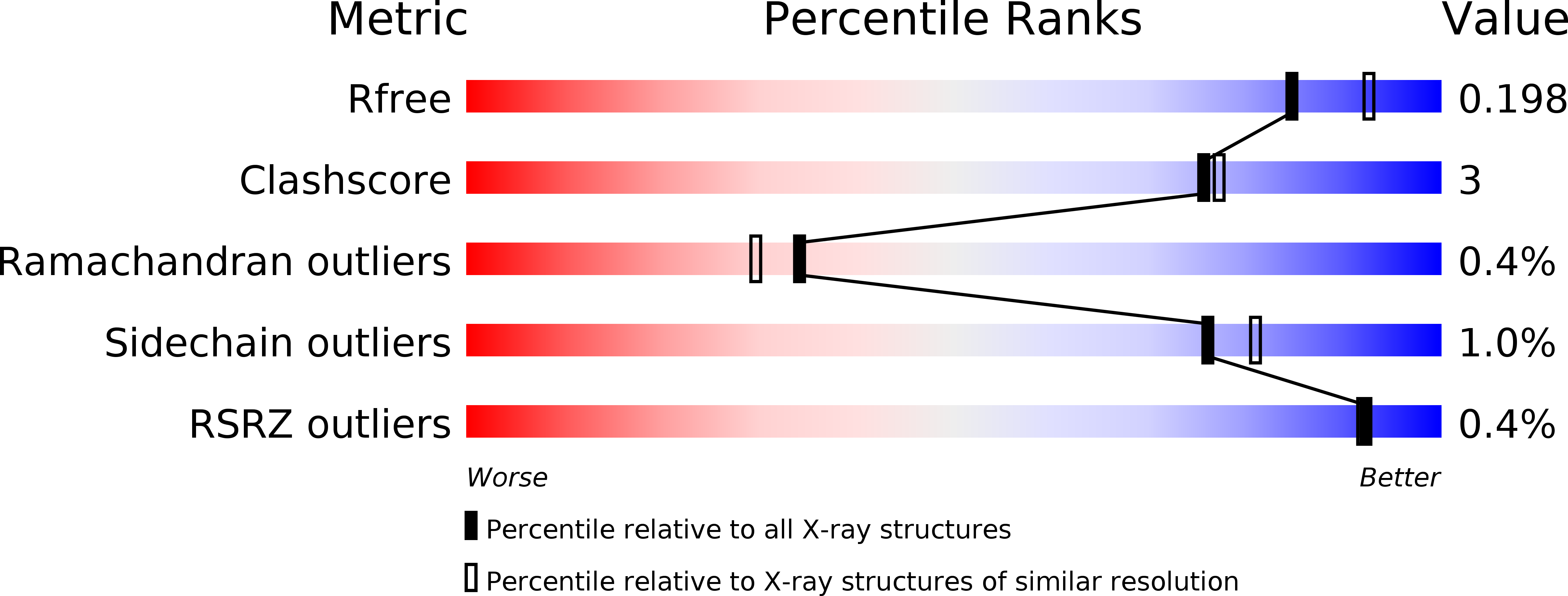
Deposition Date
2014-02-21
Release Date
2014-03-12
Last Version Date
2023-12-27
Entry Detail
PDB ID:
4P0M
Keywords:
Title:
Crystal structure of an evolved putative penicillin-binding protein homolog, Rv2911, from Mycobacterium tuberculosis
Biological Source:
Source Organism:
Mycobacterium tuberculosis (Taxon ID: 1773)
Host Organism:
Method Details:
Experimental Method:
Resolution:
2.00 Å
R-Value Free:
0.19
R-Value Work:
0.17
R-Value Observed:
0.17
Space Group:
H 3 2


